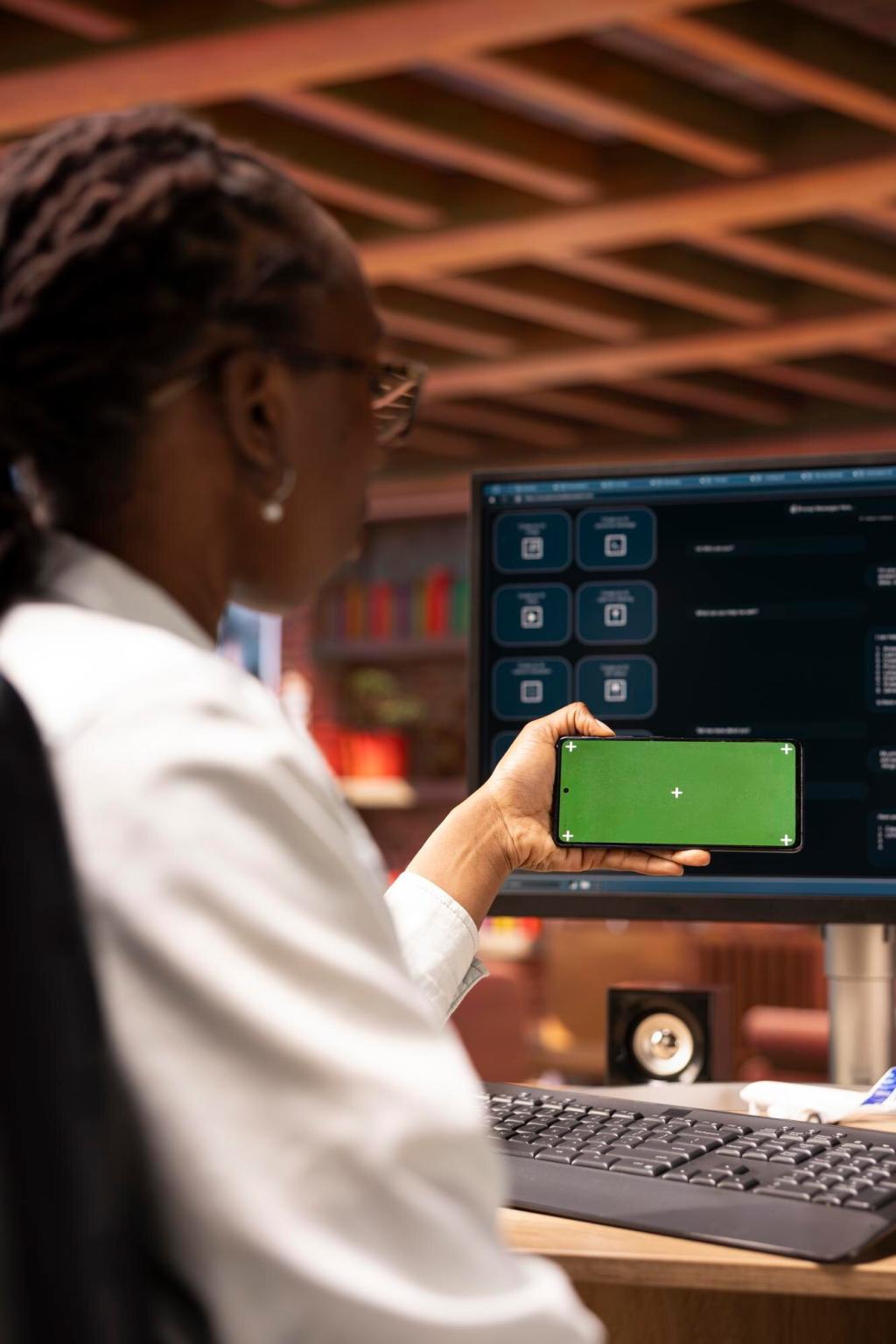Chosen theme: Improving Customer Experience with Digital Tools. Welcome to a practical, story-rich guide for builders, leaders, and creators turning digital touchpoints into moments customers truly love. Dive in, share your experiences, and subscribe for fresh ideas that help your team deliver better journeys, faster.



Trigger helpful content based on intent signals like scroll depth, search terms, and recent purchases. An apparel brand shifted size guidance and fit photos dynamically, reducing returns while increasing buyer confidence. Personalization works best when it solves a present need.

Orchestrate Omnichannel Support With Context
Adopt a shared inbox or CRM where history travels with the customer. When a social media question escalates to chat, agents see prior messages, attachments, and promises made. Consistency is remembered long after a clever reply is forgotten.

Self‑Service That Actually Serves
Organize help content by tasks customers describe, not internal team structures. Add plain-language titles, strong search, and quick summaries. The best article solves a problem within one screen, then offers a graceful path to human assistance if needed.
Self‑Service That Actually Serves
Give chatbots clear intents, fallback paths, and an instant escape hatch to a person. A simple line—“I can connect you to a specialist now”—preserves goodwill and converts frustration into relief when automation reaches its limits.


Speed, Reliability, and Accessibility: The Silent Power Trio
Performance Mindset in Every Release
Set performance budgets, compress media, and lazy-load noncritical elements. Customers equate speed with care and competence. Small wins compound, and your team learns to ship delightfully fast by default rather than fixing it later.
Reliability With Candor
Incidents happen. Publish a status page, use clear language, and promise realistic timelines. One fintech rebuilt trust by sending a brief postmortem after minor downtime, turning a stumble into a moment of accountability that customers respected.
Accessibility as a Competitive Advantage
Follow inclusive patterns: proper contrast, keyboard navigation, captions, and alt text. Accessible design improves usability for everyone, especially on mobile. Subscribe for our accessibility checklist you can run through in under an hour.
Feedback Loops That Fuel Continuous Improvement
01
Replace long surveys with short, contextual prompts triggered after key actions. People answer when it feels relevant. Share back what you learned and what changed to close the loop and encourage more honest input next time.
02
Use semantic clustering to group open-ended feedback by themes, not just keywords. Patterns reveal gaps in onboarding, confusing language, or missing features. Treat every cluster as a hypothesis to test rather than a complaint to file away.
03
Host a quarterly roadmap AMA, collect votes, and share prototypes early. Comment with one improvement you want to see, and subscribe for our roundup where we highlight reader suggestions implemented in real products.
Enable the Team Behind the Experience
01
Outcome-Focused Collaboration
Form cross-functional squads aligned to customer outcomes, not departments. Marketers, product managers, designers, and support agents should share the same dashboard, definition of success, and tempo of iterative learning.
02
Skill Up With Playbooks and Practice
Create lightweight playbooks for common scenarios—escalations, personalization experiments, or status communications. Practice with role-play and shadowing. Confidence grows when people know what good looks like and can rehearse safely.
03
Celebrate What Customers Feel
Share quick stories where a tool helped someone succeed—a solved ticket, a faster flow, a barrier removed. Recognition builds culture. Send us your favorite win, and subscribe to see it featured in next month’s highlights.
